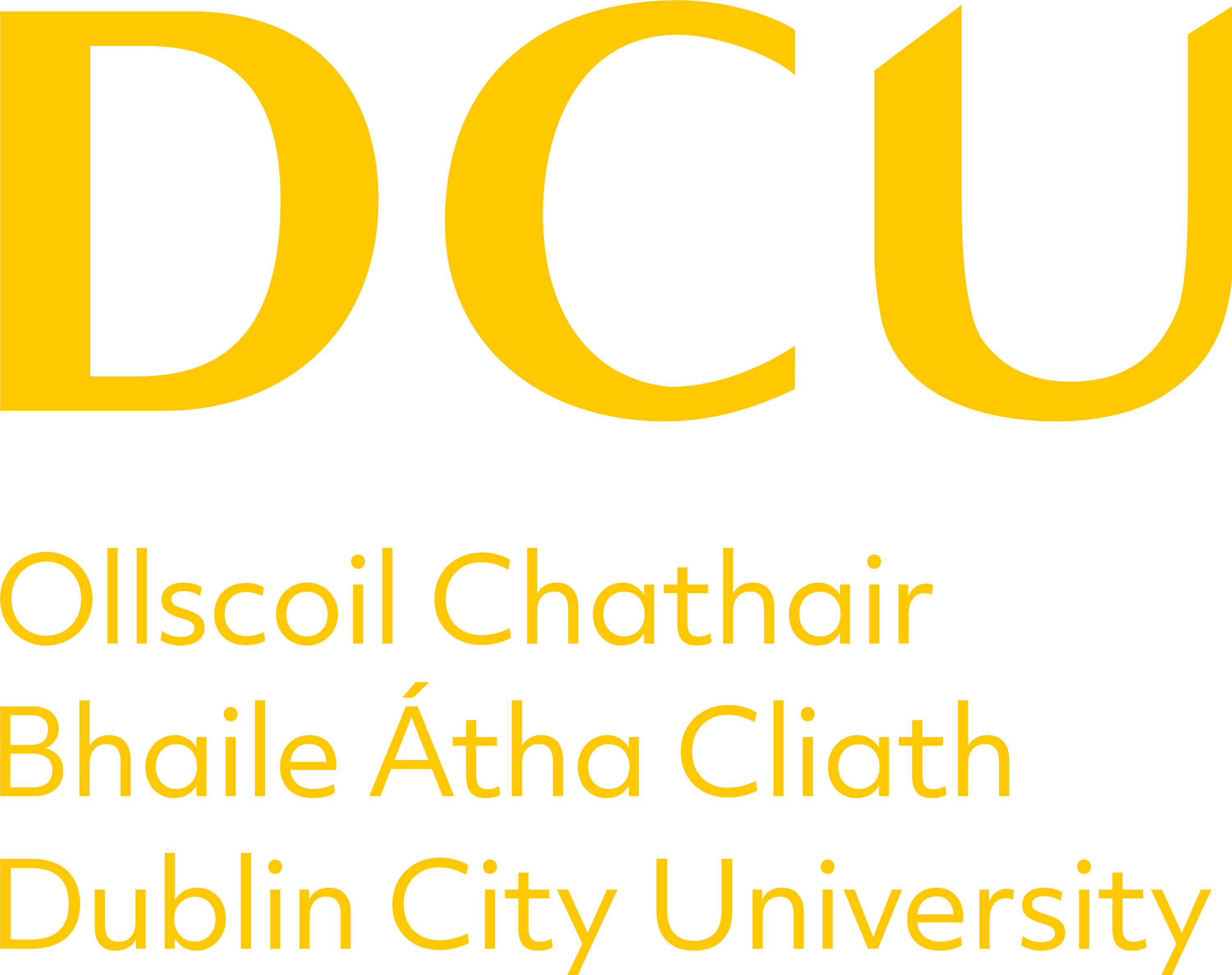|
Module Title |
Sports & Exercise Physiology I
|
|
Module Code |
SS203
|
|
School |
School of Health & Human Performance
|
Online Module Resources
|
| Module Co-ordinator | Dr Giles Warrington | Office Number | XG04 |
|
Level |
2
|
Credit Rating |
5
|
|
Pre-requisite |
None
|
|
Co-requisite |
None
|
|
|
Module Aims
|
|
Module Aims:·
- To provide an understanding of the physiological and metabolic responses to a single bout of exercise·
- To provide an understanding of the measurement techniques used to assess the physiological and metabolic responses to a single bout of exercise
|
|
Learning Outcomes
|
|
Learning Outcomes:
After successful completion of the course students will be able to understand:·
- The fundamentals of human energy transfer during exercise.
- Physiological support systems during acute exercise
Pulmonary system.
Cardiovascular system.
Neuromuscular system.
Neuroendocrine system.
- Influence of gender, fitness level, nutrition, body position, intensity, duration and environmental conditions on responses to a single bout of exercise.
- Measurement of human energy expenditure during rest and physical activity.
- Evaluating energy generating capacities during exercise.
|
|
Indicative Time Allowances
|
|
|
Hours
|
|
Lectures |
30
|
|
Tutorials |
0
|
|
Laboratories |
20
|
|
Seminars |
0
|
|
Independent Learning Time |
25
|
|
|
|
|
Total |
75
|
|
Placements |
|
|
Assignments |
|
|
|
NOTE
|
Assume that a 5 credit module load represents approximately 75 hours' work, which includes all teaching, in-course assignments, laboratory work or other specialised training and an estimated private learning time associated with the module.
|
|
Indicative Syllabus
|
|
Indicative Syllabus:
- Human energy transfer – phosphagen system, aerobic and anaerobic metabolism.
- Pulmonary ventilation, gas exchange, oxygen and carbon dioxide transport, ventilatory control, ventilatory threshold.
- Endocrine system and human performance.
- Heart rate, cardiac output, stroke volume, blood pressure, blood distribution, a-vO2diff.
- Measurement of oxygen uptake, blood pressure, heart rate, ventilatory threshold.
- Measurement of human energy expenditure.
|
| Assessment | | Continuous Assessment | 40% | Examination Weight | 60% |
|
|
Indicative Reading List
|
|
Indicative Reading List:
Essential:
- Exercise Physiology. Human Bioenergetics and its applications. Brooks, G.A., Fahey, T.D., White, T.P., Baldwin, K.M. 3rd edition. McGraw Hill, 1999.
- Physiology of Sport and Exercise. 2nd edition. Wilmore JH and Costill DL. Human Kinetics, 1999
- Exercise Physiology: Energy, nutrition and human performance. 5th edition. McArdle, Katch and Latch. Lippincott Williams and Wilkins, 2000.
- Exercise Physiology. 4th edition. Powers and Howley. McGraw Hill, 2001.
Additional:
- Exercise Physiology for health, fitness and performance. Plowman, S.A. and Smith, D.L. Second edition. Benjammin Cummins, 2003
- Essentials of strength training and conditioning. 2nd edition. Baechle TR and Earle RW (Editors). National Strength and Conditioning Association. Human Kinetics 2000.
|
|
|
|
Programme or List of Programmes
|
| ATT | BSc Athletic Therapy and Training |
| SHSA | Study Abroad (Science & Health) |
| SHSAO | Study Abroad (Science & Health) |
| SSH | BSc Sport Science and Health |
| Archives: | |
